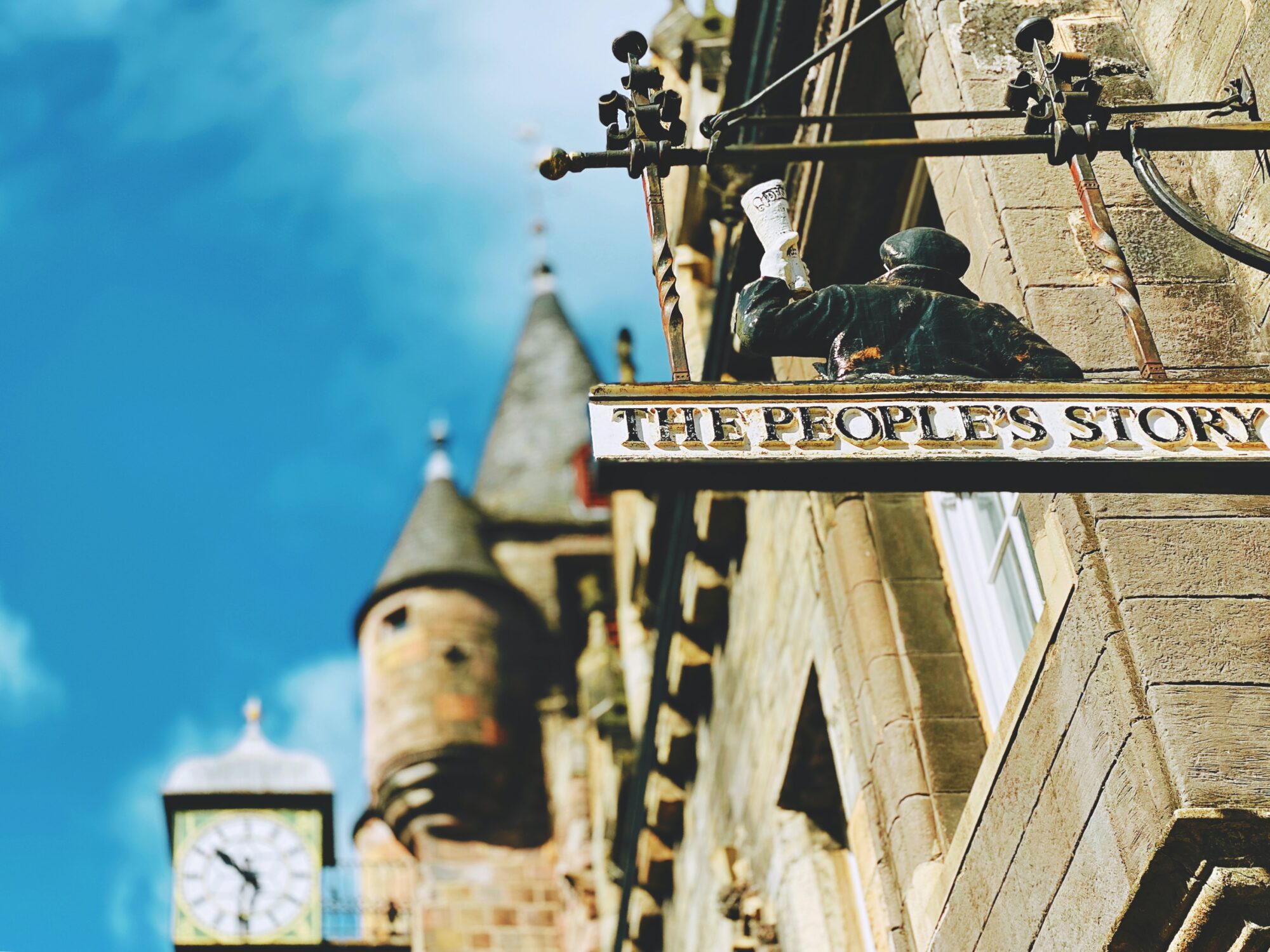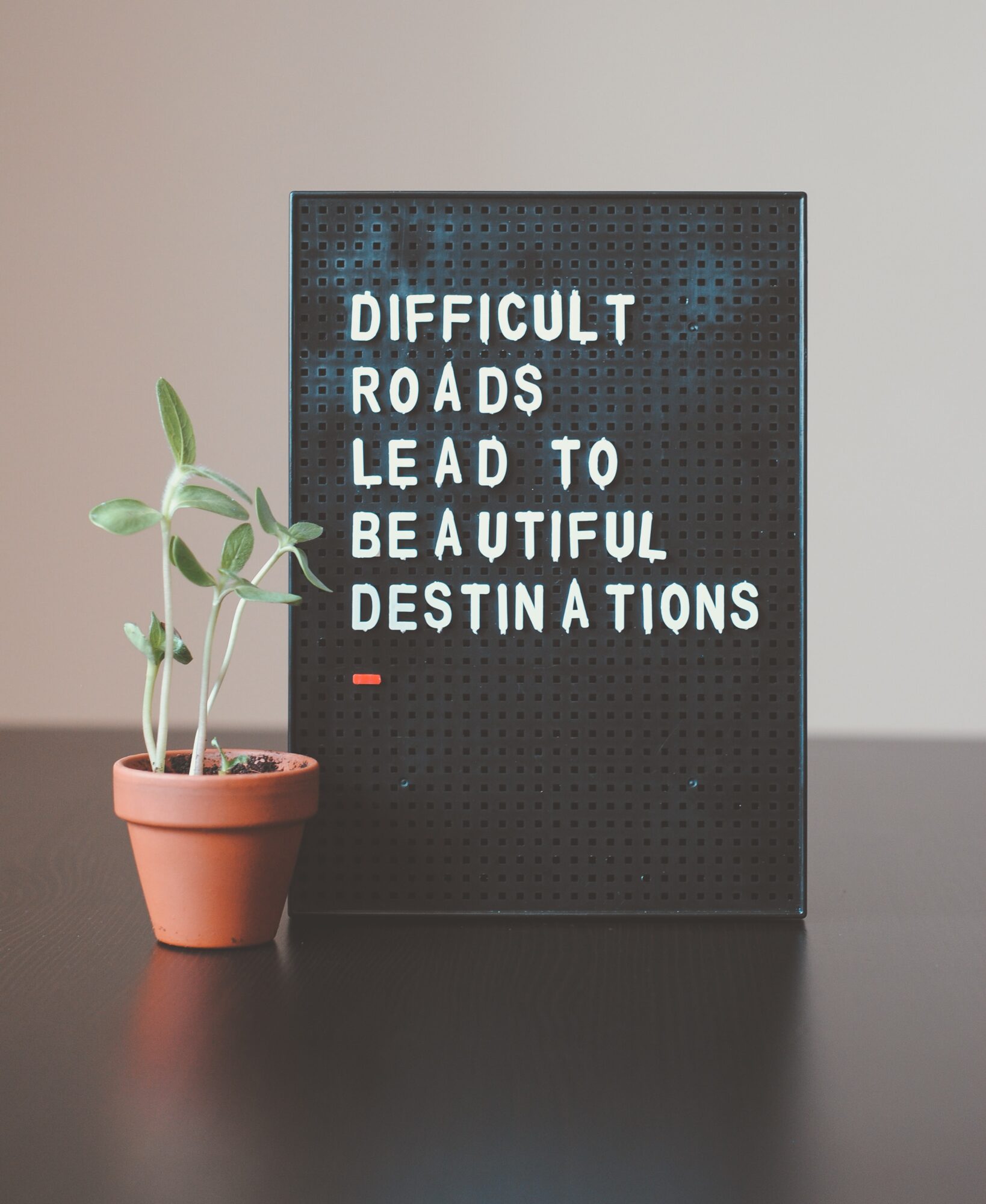
This is a question I have been asking myself for the past 4 years. How do you tell an incredible story that people want to listen to and become immersed in?
I believe the best way to learn a skill is to look at what the best in the world do and how they do it. Most of them even share their techniques and ideas, so that we can learn from them and implement it ourselves.
I started looking for answers. Who is the best storyteller in the world? If we Google the question, a few names will come up, such as Charles Dickens, Walt Disney, Stephen King, Oprah Winfrey, Virginia Woolf, Louis CK, David Attenborough, Ellen DeGeneres, Steve Jobs, Bruce Springsteen, Richard Branson, Sheryl Sandberg, and JK Rowling.
I’ve never read a book by Virginia Woolf, nor have I read or watched Harry Potter. But that doesn’t matter, does it? It’s my personal preference. I do have other storytellers that I enjoy; Mark Manson is one of my favourite authors in the personal development space, Seth Godin is my favourite business and marketing author, Kevin Hart and Nikki Glaser are my favourite comedians.

This brings me to ask the following intriguing question: who is a storyteller? From the people we mentioned above, it looks like authors and comedians are storytellers?
Well, actually, we all tell stories when we communicate, when we want to share a message, when we want to influence.
So how can stories help us in marketing, and our business and personal lives?
Stories can have a huge impact on our existence. Stories can make this world a better place. Stories can move people.
A great story will help us with the following:
- Spread our ideas faster.
- Help us connect emotionally with our audience/clients.
- Win hearts and minds.
- Attract the right people (customers, investors, team members, partners).
- Inspire people to buy into our purpose.
- Add more value to our companies.
- Change our culture and create a better future.
A couple of years ago, I went to UPW, a Tony Robbins event in London, Excel. One of the stories I remember even today was how Kerri Strug had an injury during the Olympics and despite that, pushed herself to go for it and won the event.. It’s a beautiful story about determination and perseverance. Her story brought tears to my eyes, it moved me, and 4 years later I still remember it whenever I face difficulties.

Tony wanted to share a message. He could have said the same thing in two different ways.
The most common way:
When adversity knocks on your door, you have to be determined and persistent to keep going, because once you overcome that, you will feel great.
Same message with a story:
For decades, the USSR was dominating gymnastics. At every Olympic game, they would walk away with a gold medal. A 16 year old girl, Kerri Strug, had a dream. She wanted the United States to leave with a gold medal for once. She went on with audacity and publicly said at the next Olympic Games, the US will leave with a gold medal. In her first attempt in 1992, she got injured and couldn’t compete. She was in tears. She had another shot at that elusive gold medal in 1996 in Atlanta, United States. But when she went on, she heard a snap. She had torn two ligaments in her ankle. In normal circumstances, that would mean the end of her Olympic Games. That would mean another year without a gold medal. But to everyone’s surprise, the brave Kerri Strug went for it. She went and did her second vault with an injury. The audience were on their feet, everyone’s heart stopped for a second. There she goes. Runs, jumps and lands perfectly on her one and a half foot. The United States for the first time in history walked off with a gold medal.
What message do you think is most powerful? The first one or the second one? What message do you think will make the most impact?
That’s one small example. But what I want to know is how we tell incredible stories in marketing to make a positive change.
I started watching a lot of YouTube videos, a lot of TedTalks. A lot of bad TedTalks. It was painful to watch. I read Carmine Gallo’s book Talk Like Ted a few times, because you know, I don’t always get things the first time. I read many books on storytelling to learn the craft, but I felt there was one element missing.
It becomes clear that there are two ways to tell a story:
- Whatever way comes to mind
- Strategically
Talented storytellers know something bad storytellers don’t: storytelling is about strategically withholding information. Before we even start telling a story, we need to know what parts we will withhold until the end. The reason we need to make a conscious decision is because we want to maximise suspense along the way.
Think of it as dating; you need to flirt first, then you need foreplay for a long time before you move forward. You can’t just go from hello to sleeping together.
Bad speakers/storytellers who bore us lack narrative hooks. It’s something that I’m guilty of. I’m always keen on telling the audience what happened, so I “don’t waste their time”. But that has to do with other things. Look up self-esteem.

We need to find a hook that raises a question without immediately providing the answer. I did a LinkedIn video a few weeks ago sharing a story about how a woman on TikTok published the most boring video. She started by sharing her Hinge Story and there was no hook. Where is the hook? She could have said the following: “This was one of my best dates from Hinge”. The listener will wonder “Why?” and continue watching. Without having data on her profile, I bet you £100 that most of her audience dropped after 10 seconds.
That’s where we have to stop, and NOT tell the answer for a while.
Here’s a very important lesson in storytelling: hooks require premeditation. Neil deGrasse Tyson told author David Perell that nearly 100% of all his stories and analogies are first written down.
I didn’t realise that people actually write down their answers and practice the delivery. I knew that in public speaking, but I didn’t know that you ‘need’ to do that in other circumstances.
I love stand up comedy. I regularly visit Top Secret, a comedy club here in Soho. Every Sunday and Monday night is raw material night, when comedians practice new material and the ticket cost is next to nothing. I’m not stingy, it’s not why I go. I want to learn how comedians work on their craft and create their sets.
A couple of years ago, I signed up for a course to learn stand up comedy. It was an 8 week programme where you attended weekly classes taught by a famous comedian.
What I didn’t know back then is that doing comedy is hard. Jokes don’t fall out of the rainy sky and find you.
The most important lesson I learned from my short 4 week course (I gave up halfway) was that stand-up comedy is more than telling a joke, it’s storytelling. Making intentional pauses, adding intentional characters and villains.
But above all, the best storytellers put a lot of work in before we hear them speak.
A great storyteller will put in the prep work, and it will be invisible. It’s like going to the gym every day and eating healthily without telling anyone about it on social media, and then showing up with a lean body.

You will never feel that a great storyteller memorised his words. They only memorise key points, then they rediscover the rich details and spontaneous turns of phrases in real time. This is how pauses, starts, and self reflections are created.
You want this because the human brain is wired to lean in when it believes someone is speaking to them instead of speaking at them.
Listeners recoil in boredom when someone reads a scripted speech at them. But grab someone by the collar, look them in the eye, and tell them the crazy thing that happened to you, and they’ll be glued.
I had to work on this really hard, because I felt guilty that I had to artificially prepare my stories. But that’s why you need to become a good enough actor to make it seem like you didn’t prepare at all.
The best storytellers take the hook method to the extreme: they have different hooks throughout their narrative, but they don’t answer them immediately. Once they reach a tipping point, they then drag out the telling. This is where dragging is an important lesson.
A great example is action movies. I like action movies, I’ve watched quite a few. Don’t judge. The action is never resolved within seconds, even if that’s how long it would have taken in real life to play out.
What do they do instead? They take every little detail and magnify it. Every punch is in slow-motion.
Have a look at the TopGun trailer, notice how many hooks they created for us to learn and find out more. In the movie, when… never mind, I don’t want to spoil it for you if you haven’t seen the movie yet.
If we look beyond slow motion, the anticipation kills us. Storytelling is not just strategically withholding information, it’s also the art of time dilation.
Last year, I started learning filmmaking by taking different courses, and learned so much more about storytelling.
One of the lessons we can learn from filmmaking is that we need to include a relatable hero and a villain. As humans, we are hardwired to put ourselves into the shoes of others and root for them as if we are them.
When we read fiction or watch a movie or series on Netflix, we cheer for a character. What we do is transfer our identity into the character’s and live their experience instead of it being told at you.
So how can a company use this information in their brand story and marketing?
Well, heroes and villains don’t have to be people. They can be internal and external problems that humans face daily. The hero can be Planet Earth, and the villain can be climate change.
The most important thing is to give the audience, the customer, an identity to transfer themselves into.
So how do we go from our audience going from “nice story” to “this is brilliant and interesting”? We can tell a nice story, but no one asks us to tell them more stories, craving or waiting for our next social media post or our blog post.
At some point, I thought you just needed charisma to tell a good story. If we look at how Kevin Hart tells a story, we would think he never practised and came up with the story on the spot, because it looks so effortless, it looks like he’s so talented.
Well, he is talented, but he worked hard to achieve this level of skill. If you read his book “I Can’t Make This Up”, you will understand that what we see now is a by-product of going to empty comedy clubs for years and learning the craft. I watched this video explaining how Kevin Hart tells great stories.
A lightbulb hit me — I think the missing ingredient in a great story is charisma, passion, soul and being present in the moment.
But is it actually the missing ingredient?
I read a Julian Shapiro newsletter about great storytelling, and he mentioned a guy called Jason Silva. You can watch his video here.
I didn’t know who Jason was, but I felt like he was alive, engaged, present and charismatic.
What I noticed is that he blows his own mind when we share his stories.
But how do you do that when you have told that story 100 times? The same way stand up comedians do it. The Netflix specials they do, they’ve been practising for a year. In some cases, like Nikki Glaser mentioned, she was working on her special for 2 years!

Another famous and successful comedian, Jerry Seinfeld, is known for this strategy of working on the craft, it’s called “Seinfeld Strategy”. Brad Isaac was a young comedian starting out on the comedy circuit. One fateful night, he found himself in a club where Jerry Seinfeld was performing. In an interview on Lifehacker, Isaac shared what happened when he caught Seinfeld backstage and asked if he had “any tips for a young comic.”
Here’s how Isaac described the interaction with Seinfeld…
He said the way to be a better comic was to create better jokes and the way to create better jokes was to write every day.
He told me to get a big wall calendar that has a whole year on one page and hang it on a prominent wall. The next step was to get a big red magic marker. He said for each day that I do my task of writing, I get to put a big red X over that day.
“After a few days you’ll have a chain. Just keep at it and the chain will grow longer every day. You’ll like seeing that chain, especially when you get a few weeks under your belt. Your only job is to not break the chain.”
To tell an incredible story, we need to believe that our story is incredible. But not just the ‘believe in yourself’ mantra. We have to truly believe with our bones and soul. Because when we believe it, we blow our own mind, we show excitement, we show moments of shock, and the audience loves that like a box of chocolates.
When we blow our own mind, we relive the story and its impact in real-time. People can see that reflected on our face and in our authentic emotions.
It’s irresistibly infectious for the audience.
Why does this work so well? Well, it works well because of the phenomenon called “mirror neurons”: when you see a fighter break their ankle, you wince in pain. When you see someone who can’t breathe from laughing so hard, you smile. And the most well known — when a person yawns, you yawn too.
Our goal is to make our audience feel it in their bones, but they can’t do that unless we feel it first.
If we look at great storytellers, we will notice that charisma is the state of projecting three qualities simultaneously: confidence + passion + love for your audience. When we add all three elements, the audience is engaged. They have that feeling that you truly want to be there. The audience lowers their guard and judgement. They are not focused on eccentricities, insecurities and weird hand movements. Instead, they have an open mind.
The more the storyteller loses themselves in their own telling, the more the audience does too.
Confidence comes from our craft — being good at what we do. Sometimes I watch a story, and I feel that that person doesn’t know what he is talking about or is trying to ‘fake it’ in a way. People can smell bullshit from a mile away. Of course, they won’t tell us that they don’t believe it, but they will think it subconsciously or consciously.
Passion comes from loving what you do. Yes, I know it’s an overused phrase, but you can call it whatever you feel like. But when someone truly loves what they do and the topic they speak about, we can feel it.
Love for the audience comes from a mentality of giving without expecting anything in return. We can see people who love their audience, without expecting vanity metrics like likes and shares. They just create by putting the audience first. Of course, they perhaps want a reward, maybe trust and credibility, or financial gain, but that’s not the first thing they are after.
If we look at most brand accounts, we can see that their content and stories don’t have the confidence — because the person behind the screen isn’t confident in that particular craft.
There is no passion for what they do, just passion for a paycheck.
And there is definitely no love for the audience, as they see them as customers who complain or whatever, just get me out of here.
All the above energies are felt through the screen — it can be social media posts, blog articles, videos, or podcasts.
To tell an incredible story, we must add all the above elements and practice every day to create better stories. It’s not something that we can master in one day or one week, it’s something that we have to keep practising and learning.
If you want to learn more about storytelling, please sign up to my Thoughtful Thursday Letter here.


